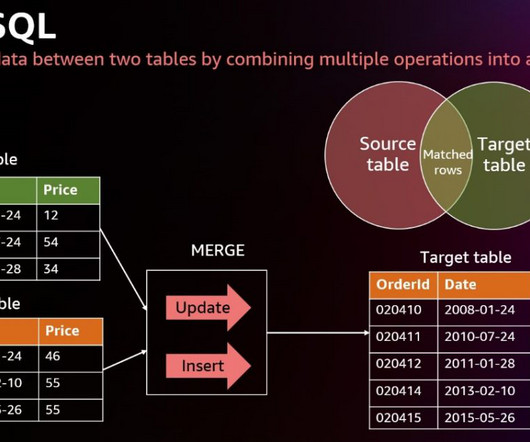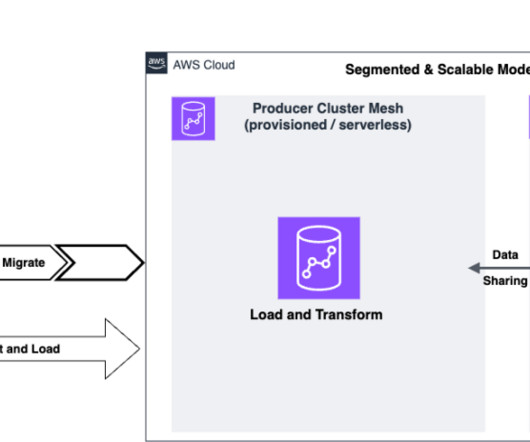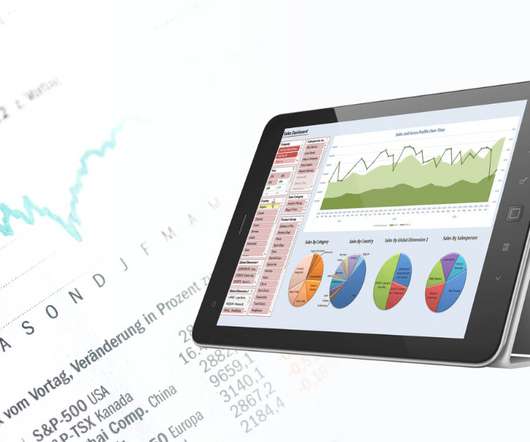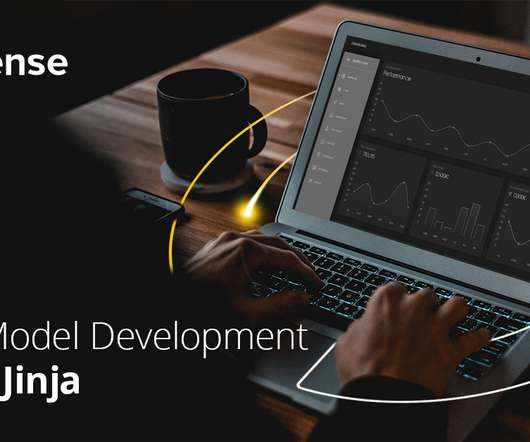How to Build a Performant Data Warehouse in Redshift
Sisense
SEPTEMBER 3, 2019
This blog is intended to give an overview of the considerations you’ll want to make as you build your Redshift data warehouse to ensure you are getting the optimal performance. First, we’ll dive into the two types of databases: OLAP (Online Analytical Processing) and OLTP (Online Transaction Processing).
















Let's personalize your content